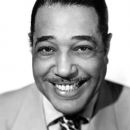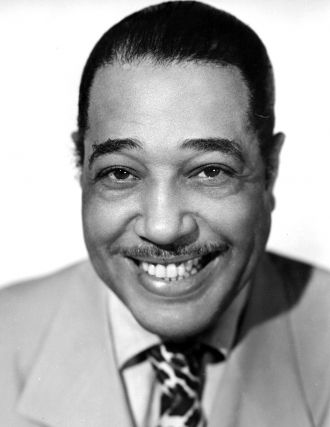I met the Duke.
Advertisement
Advertisement
Duke Ellington
Edward Kennedy Ellington
New York, NY
April 29, 1899
District Of Columbia, United States
May 24, 1974
New York, New York, United States
Male
Looking for another Duke Ellington?
ADVERTISEMENT
BY ANCESTRY.COM
This page exists for YOU
and everyone who remembers Duke.
and everyone who remembers Duke.
Share what you know,
even ask what you wish you knew.
even ask what you wish you knew.
Invite others to do the same,
but don't worry if you can't...
but don't worry if you can't...
Someone, somewhere will find this page,
and we'll notify you when they do.
and we'll notify you when they do.
Duke Ellington's History: 1899 - 1974
Uncover new discoveries and connections today by sharing about people & moments from yesterday.- Discover how AncientFaces works.
-
-
04/291899April 29, 1899BirthdateDistrict Of Columbia United StatesBirthplaceADVERTISEMENT BY
-
-
-
he was a messenger for the Navy.
-
-
-
05/241974May 24, 1974Death dateNew York, New York United StatesLung cancer.Cause of deathDeath locationADVERTISEMENT BY
-
05/dd1974May 1974Funeral dateWoodlawn Cemetery in the Bronx.Burial location
-
ADVERTISEMENT BYLooking for more information?
Advertisement
Advertisement
18 Memories, Stories & Photos about Duke
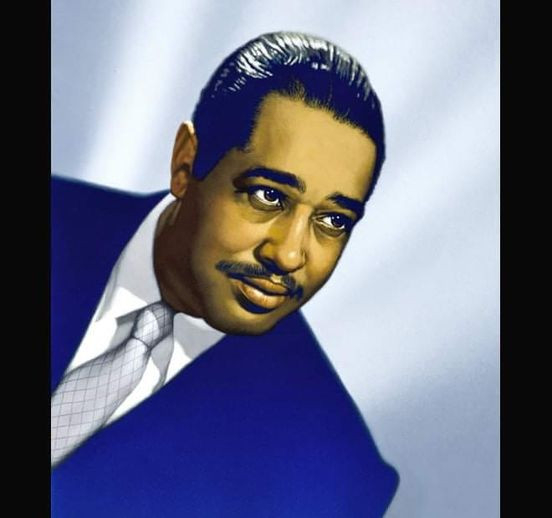
 Amanda S. Stevenson
Amanda S. Stevenson
17.7k+ favorites
07/15/2024
Duke Ellington
Date & Place:
Not specified or unknown.
Comments
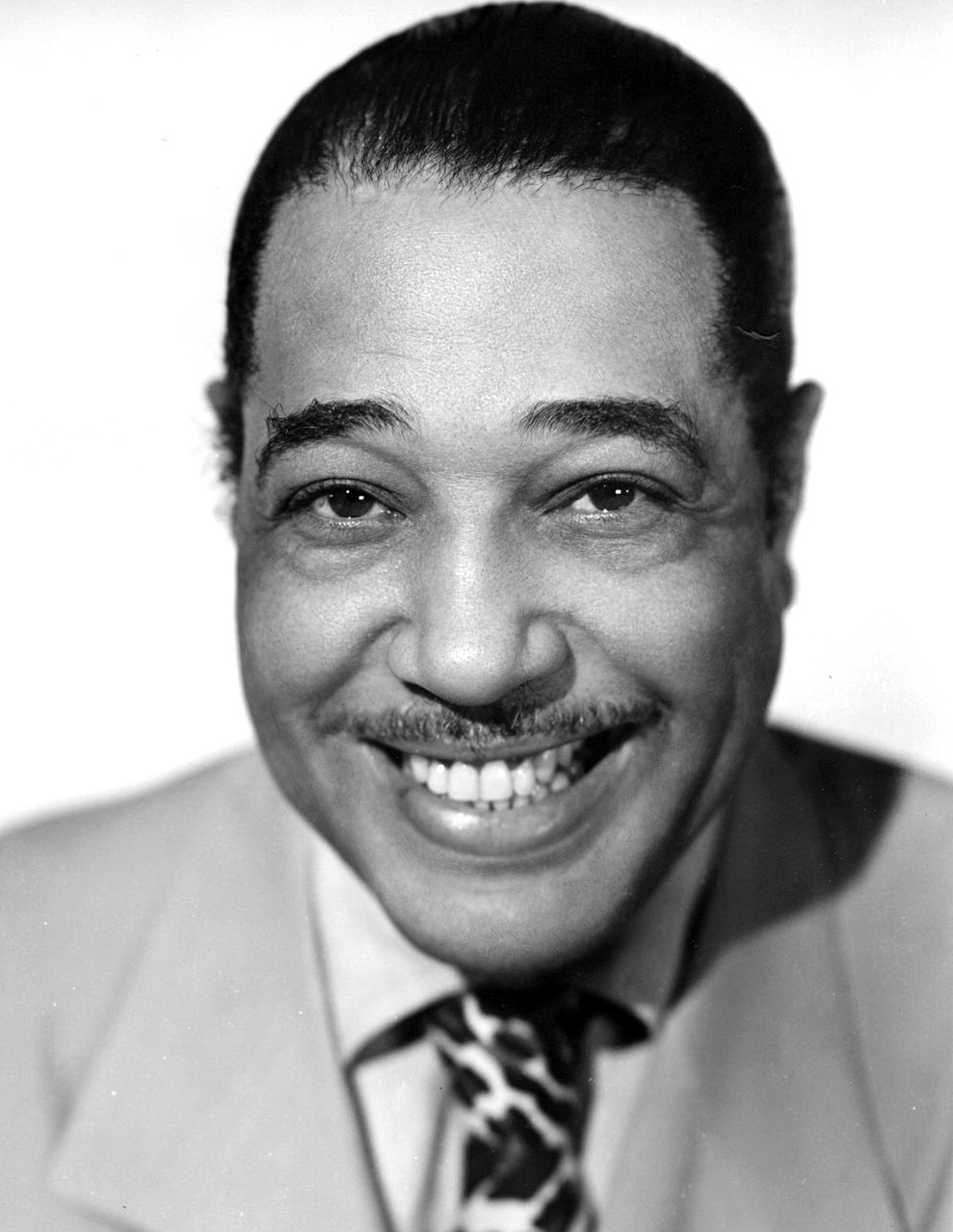
 Amanda S. Stevenson
Amanda S. Stevenson
17.7k+ favorites
11/27/2017
Edward Kennedy "Duke" Ellington
Date & Place:
Not specified or unknown.
Comments
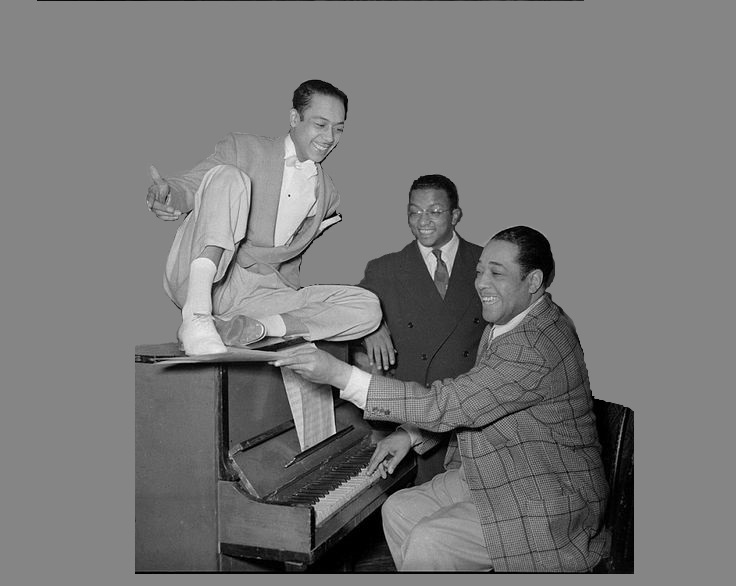
 Amanda S. Stevenson
Amanda S. Stevenson
17.7k+ favorites
07/31/2017
Charles Honi Coles, Duke Ellington, and Billy Strayhorn
Date & Place:
Not specified or unknown.
Comments
 Amanda S. Stevenson
Amanda S. Stevenson
17.7k+ favorites
07/15/2024
I told Charles "Honi" Coles that he was going to get the Tony. He bitterly said, THEY are not going to give ME the Tony." But I persisted, "I am never wrong! When you get the Tony I want you to look into the camera, and think of me." His acceptance speech is on YOU-Tube ! Be sure to see it now.
 Amanda S. Stevenson
Amanda S. Stevenson
17.7k+ favorites
04/29/2023
I told him I love Sophisticated Lady.
Comments
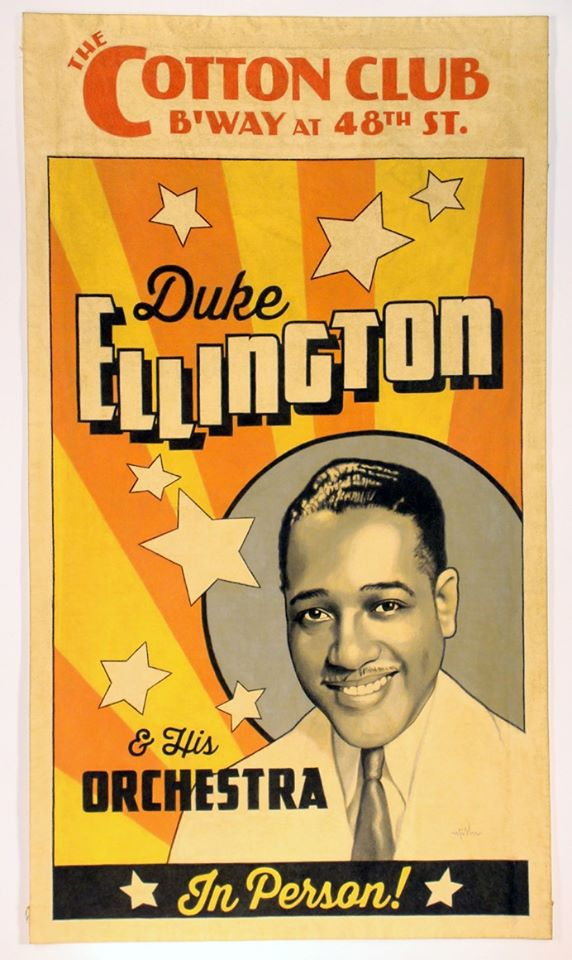
 Amanda S. Stevenson
Amanda S. Stevenson
17.7k+ favorites
04/29/2020
Duke Ellington
Date & Place:
Not specified or unknown.
Comments
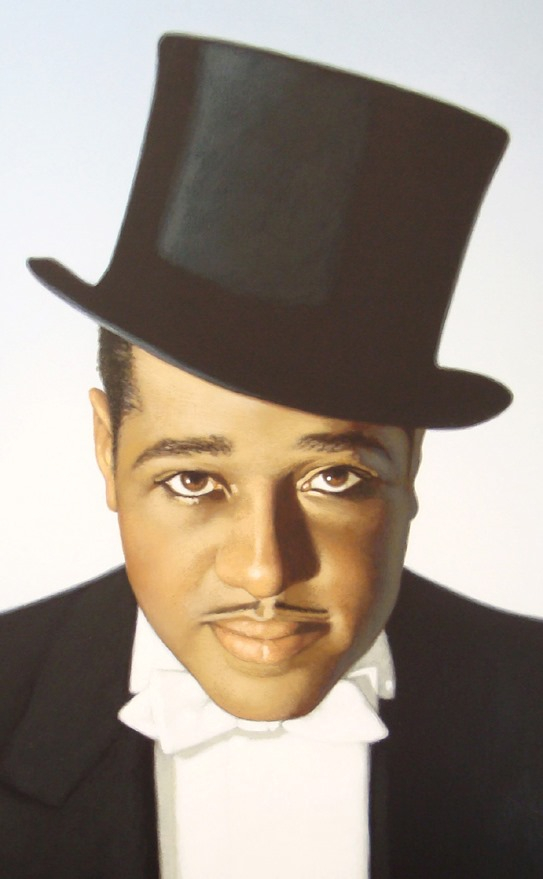
 Amanda S. Stevenson
Amanda S. Stevenson
17.7k+ favorites
07/15/2020
Duke Ellington
Date & Place:
Not specified or unknown.
Comments
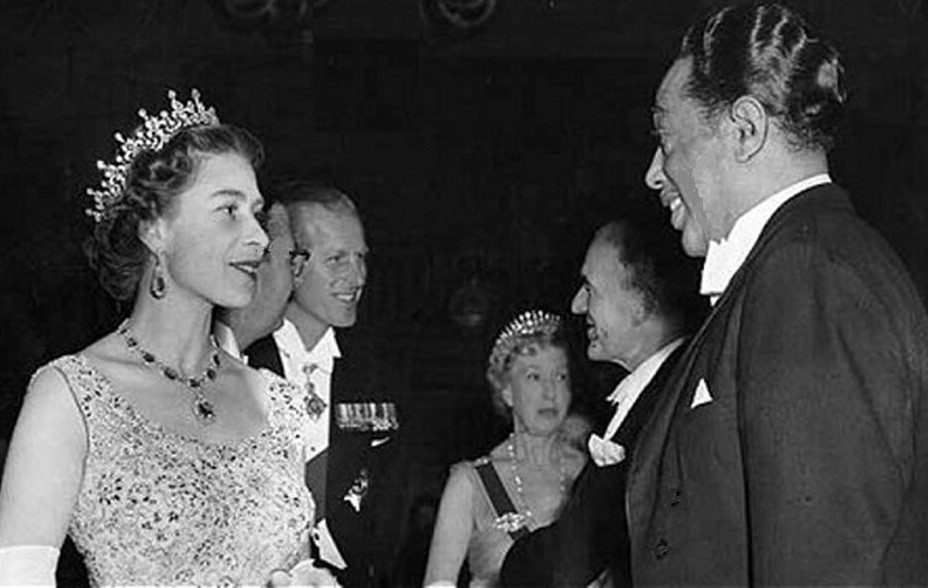
 Amanda S. Stevenson
Amanda S. Stevenson
17.7k+ favorites
01/09/2023
Queen Elizabeth was impressed with Duke Ellington.
Date & Place:
Not specified or unknown.
Comments

 Amanda S. Stevenson
Amanda S. Stevenson
17.7k+ favorites
11/27/2017
Edward Kennedy Ellington
Date & Place:
Not specified or unknown.
Comments
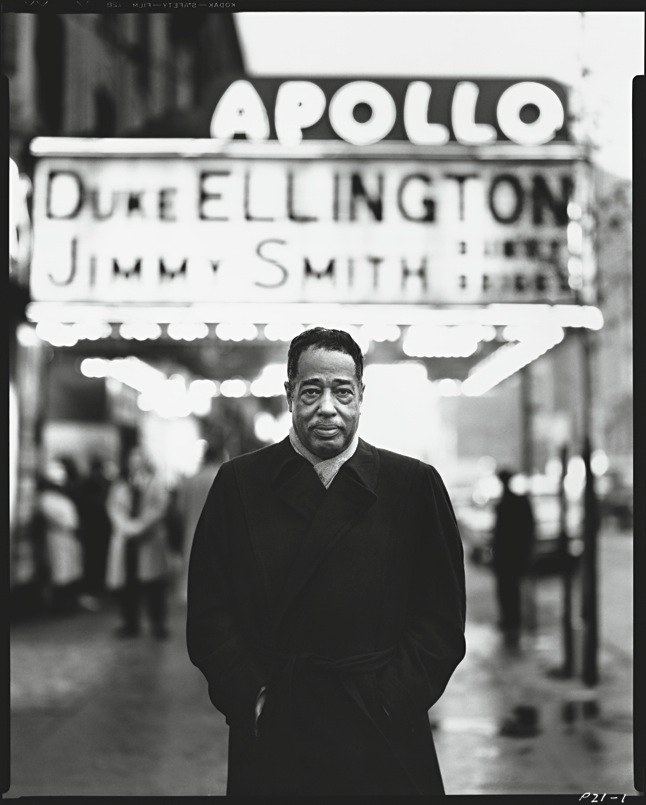
 Amanda S. Stevenson
Amanda S. Stevenson
17.7k+ favorites
04/29/2020
Duke Ellington
Date & Place:
Not specified or unknown.
Comments
Loading...one moment please


Family, friend, or fan...
share memories, stories,
photos, or simply leave
a comment to show
you care.
Remember the past to connect today & preserve for tomorrow.
- See how biographies work.
Be the 1st to share and we'll let you know when others do the same.
ADVERTISEMENT
BY ANCESTRY.COM
Advertisement
Duke Ellington's Family Tree & Friends
Parent
Parent
|
Partner
Child
|
Sibling
|
Advertisement
Advertisement
Advertisement
Advertisement
3 Followers & Sources
ADVERTISEMENT
BY ANCESTRY.COM
Advertisement
Other Biographies
Other Duke Ellington Biographies
Other Ellington Family Biographies
Ellington, Eva (Born c. 1856)
Ellington, Maude (Born Apr 1885)
Ellington, Ruth (Born May 1897)
Ellington, Martha (Born Aug 1864)
Ellington, Eva-D (Born Apr 1887)
Ellington, Leah (Born Feb 1899)
Ellington, Kate (Born Dec 1891)
Ellington, Lola (Born Feb 1895)
Ellington, Iva (Born Apr 1887)
Ellington, William (Born May 13, 1864)
Ellington, Grover (Born Sep 1889)
Ellington, David
Ellington, Mary (Born Mar 8, 1825)
Ellington, Maimie (Born Nov 22, 1853)
Ellington, Susan (Born Jun 5, 1901)
Ellington, John (Born May 29, 1899)
Ellington, Lucille (Born Nov 16, 1894)
Ellington, Everette (Jul 12, 1913 - Dec 1982)
Ellington, Nancy (Jun 22, 1925 - Apr 12, 2005)
Ellington, Irene (Oct 24, 1911 - May 1987)
Advertisement
Advertisement
About the AncientFaces Community
